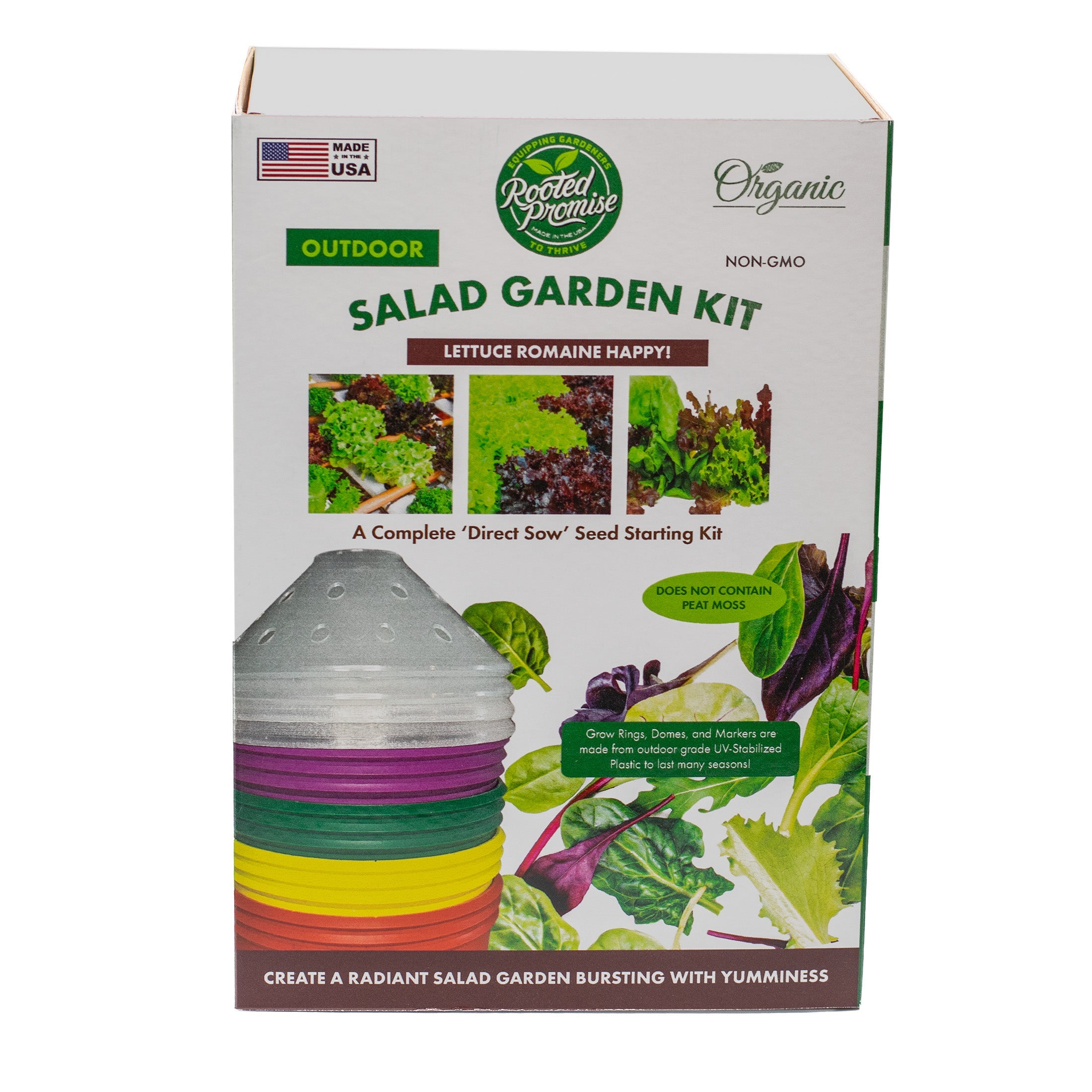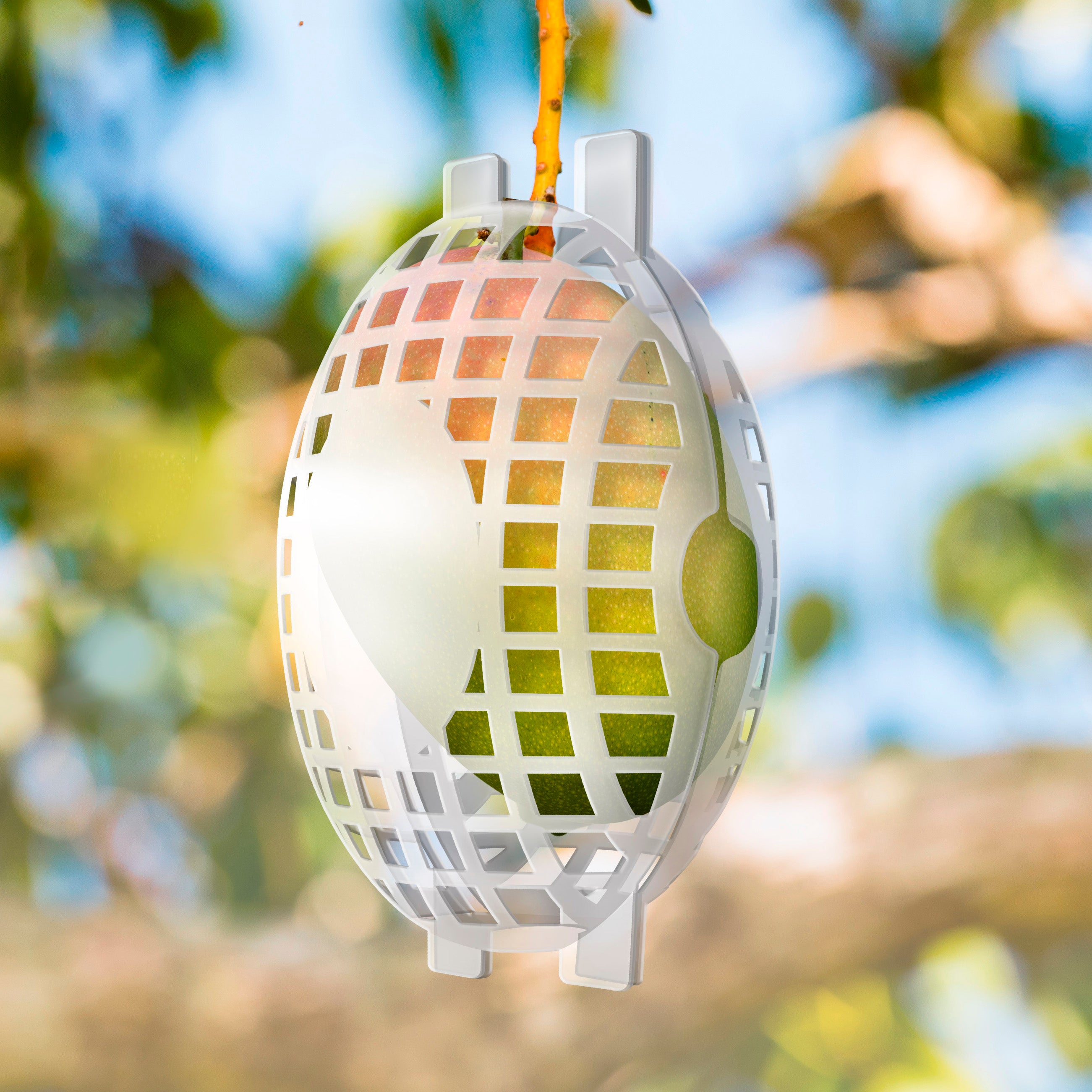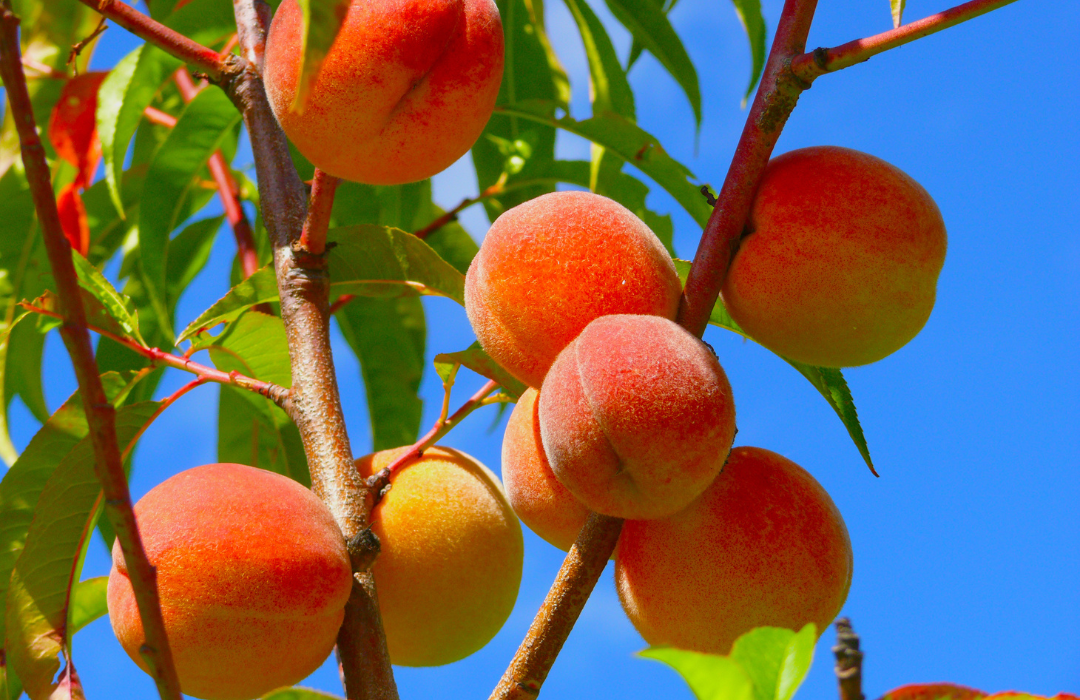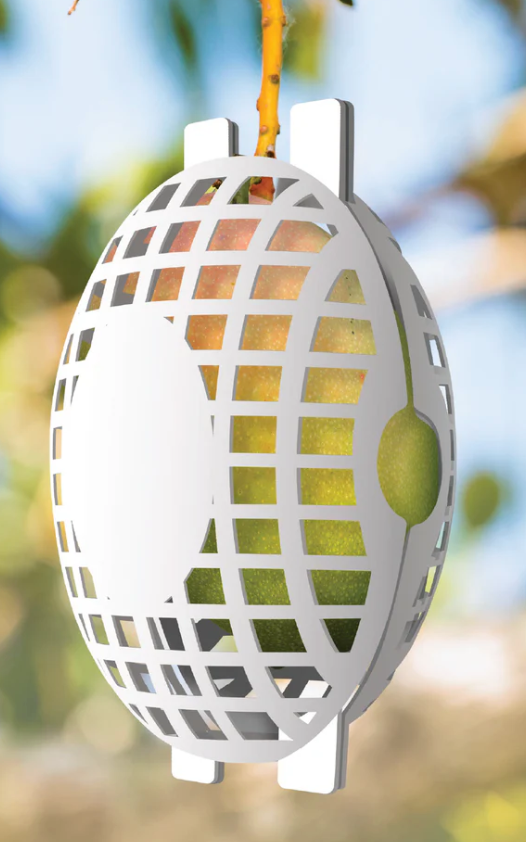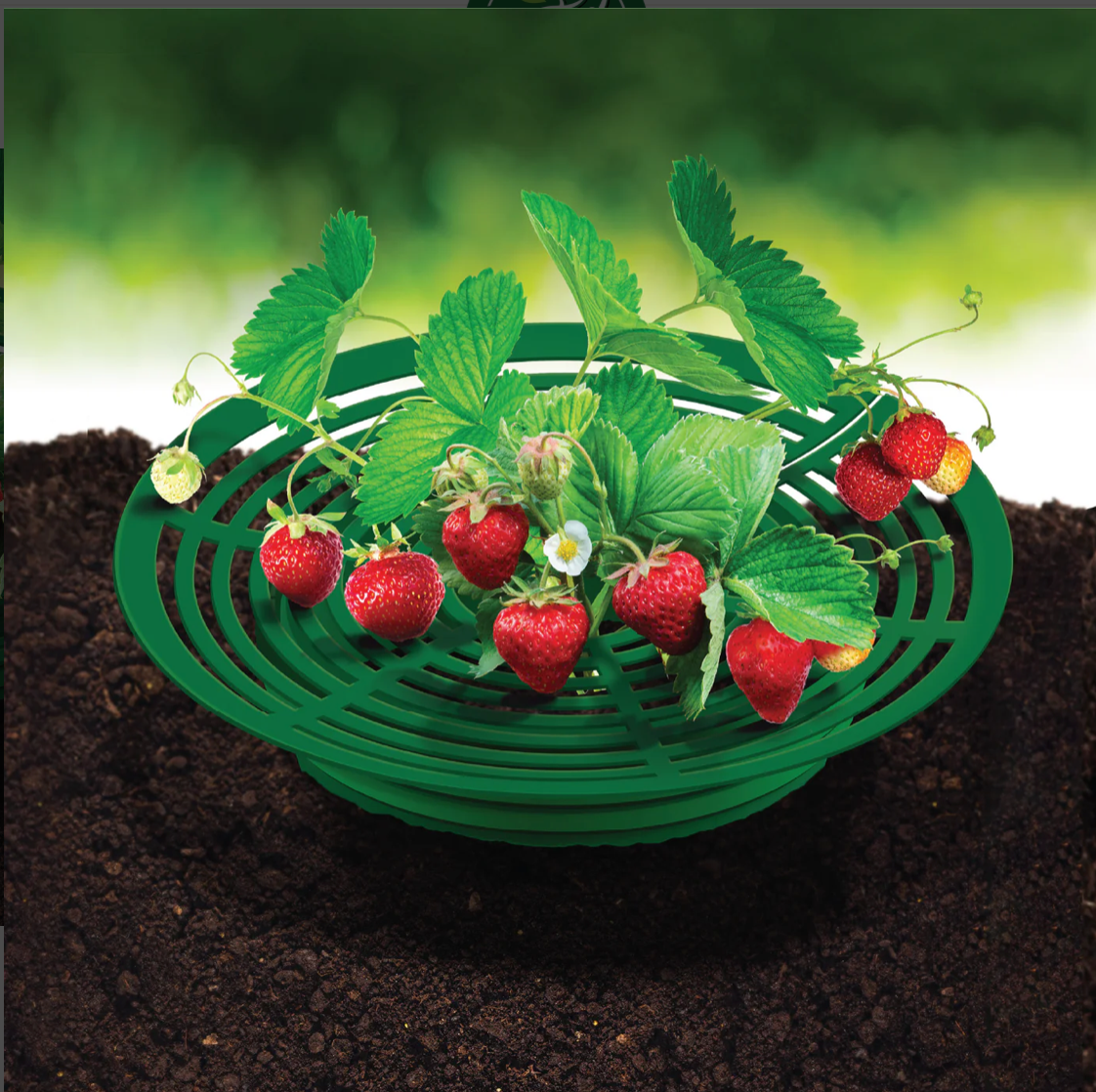Table of Content
- Introduction
- What is composting?
- Benefits of composting
- Environmental impact
- Soil enhancement
- Reducing waste
- Types of composting
- Indoor composting
- Outdoor composting
- Vermicomposting
- Getting started with composting
- Selecting the right composting method
- Choosing a compost bin
- Location and setup
- What can be composted?
- Green materials
- Brown materials
- Materials to avoid
- Maintaining your compost
- Proper aeration and turning
- Monitoring moisture levels
- Dealing with common problems
- When and how to harvest compost?
- Using your compost in the garden
- Application methods
- Benefits to plants and soil
- Conclusion
Introduction
Did you know that you can transform your kitchen scraps into rich, fertile soil that nurtures your garden with life? This isn't magic; it's the art of composting. For beginners, composting might seem like a daunting endeavor, but in reality, it's a straightforward process that anyone can master.
Composting is not just about reducing waste; it's a commitment to enhancing the environment and creating a sustainable future. According to the U.S. Environmental Protection Agency (EPA), a significant portion of waste sent to landfills can be composted, which helps in reducing greenhouse gas emissions.
What is composting?
Composting is nature’s own recycling system, converting organic waste into a nutrient-rich soil amendment. Picture this: a bustling orchestra of microorganisms, insects, and worms working in harmony to break down your discarded fruit peels and lawn clippings into a dark, crumbly substance akin to gold for your garden.
This process requires the right balance of ingredients—carbon, nitrogen, water, and air. Together, they create an environment that allows microbes to thrive and decompose organic material efficiently.
Not just a gardening technique, composting is a powerful tool for environmental sustainability. According to the U.S. Department of Agriculture Natural Resources Conservation Service (USDA NRCS), composting reduces the need for chemical fertilizers, decreases landfill waste, and lowers greenhouse gas emissions.
Benefits of composting
With composting, waste is transformed into a treasure trove of nutrients for the earth. It's a process that offers a myriad of environmental and practical benefits. Composting can lead to a greener, more sustainable future.
Environmental impact
Composting is a powerful ally in the fight against climate change. By diverting organic waste from landfills, composting reduces methane emissions, a potent greenhouse gas. According to the U.S. Environmental Protection Agency (EPA), composting helps conserve resources and reduces pollution, making it a cornerstone of sustainable waste management.
Soil enhancement
Composting enhances soil structure, promotes healthy root systems, and increases its ability to retain moisture. The U.S. Department of Agriculture Natural Resources Conservation Service (USDA NRCS) highlights that compost enriches soil with essential nutrients, reducing the need for chemical fertilizers and promoting biodiversity in the garden.
Reducing waste
Composting is a transformative practice that turns everyday waste into a valuable resource. By composting, you can significantly reduce the amount of waste sent to landfills, contributing to a cleaner, healthier planet.
Types of composting
Composting is like a culinary art, and just as there are different cuisines, there are various methods to create that perfect compost. Each type has its own unique flavor, catering to different lifestyles and needs.
- Indoor composting: Ideal for urban dwellers or those with limited outdoor space. Using compact systems like bokashi bins or worm bins, indoor composting can turn your kitchen scraps into nutrient-rich compost without stepping outside.
- Outdoor composting: The traditional and most widely practiced method. It involves creating a compost pile or using a bin in your backyard. With the right balance of green and brown materials, outdoor composting harnesses the power of nature to break down organic waste.
- Vermicomposting: Enter the world of worms—nature's most efficient recyclers. Vermicomposting uses earthworms to turn food waste into high-quality compost. This method is particularly suitable for small scale composting and can be done indoors or outdoors.
Whether you prefer the companionship of worms or the simplicity of a backyard pile, there's a composting method that awaits your green thumb.
Getting started with composting
In this section, we will explore the essential steps to kickstart your composting experience.
First, consider selecting the composting method that best aligns with your living situation and personal preferences. Whether it's the compact appeal of indoor composting or the traditional allure of outdoor piles, the choice sets the stage for your composting story.
Next, choosing the appropriate compost bin is crucial. This is your compost's home, a sanctuary where transformation occurs. From simple DIY options to sophisticated commercial bins, the choices are vast. Consider your space, budget, and aesthetic preferences.
Finally, setting the location and setup. Like finding the perfect spot for a garden, your compost location should offer convenience and suitability. Ensure it's easily accessible, receives moderate sunlight, and is away from wildlife.
With these foundational steps, you're ready to embark on your composting voyage.
Selecting the right composting method
Choosing the right composting method requires understanding your needs, resources, and preferences. Whether you're an urban dweller with limited space or a rural resident with a sprawling garden, there's a composting method tailored just for you.
For those residing in apartments or smaller homes, indoor composting might be the best fit. This method utilizes compact solutions such as bokashi bins or worm bins, allowing you to recycle kitchen scraps without needing outdoor space.
If you have access to a backyard, outdoor composting is a traditional and effective method. It involves creating a compost pile or using a bin where organic waste can naturally decompose.
For the more adventurous, vermicomposting introduces earthworms into the process. This method, which can be used indoors or outdoors, leverages worms to transform waste into nutrient-rich compost. The USDA NRCS offers detailed guidance on starting with vermicomposting.
Consider your space, commitment, and even curiosity as you decide which path to take.
Choosing a compost bin
When selecting a compost bin, consider factors such as size, material, and ventilation. If you're short on space, a compact bin or a tumbler might be ideal. These options are great for small gardens or urban areas. The EPA provides helpful tips on choosing bins that maximize efficiency and minimize odor.
For larger spaces, traditional bins or simple DIY setups can be both effective and economical. Consider wooden or plastic bins that are designed to withstand the elements while providing ample aeration.
Location and setup
Choosing the perfect location is akin to selecting the ideal habitat for a unique species, where it can thrive and contribute to the ecosystem.
Select a spot that’s accessible yet discreet, where convenience meets functionality. Your compost site should be near your garden or kitchen for easy access, but away from the hustle and bustle where it can work its wonders undisturbed. Ensure it receives moderate sunlight, as warmth accelerates the composting process.
Set up your composting area with careful consideration of drainage and ventilation. The ground should allow excess moisture to escape, while the composting bin or pile itself should permit ample air circulation. This setup mimics a well-ventilated room, fostering a healthy environment for the microbes to flourish as they break down organic matter.
What can be composted?
Composting relies on the harmony of green and brown materials. Let's explore these essential ingredients, along with some materials to avoid, to ensure your compost pile thrives.
- Green materials: These are your nitrogen-rich ingredients, providing vital nutrients for the decomposing organisms. Examples include fruit and vegetable scraps, coffee grounds, and grass clippings.
- Brown materials: These carbon-rich components add structure to your compost, much like adding texture to a dish. They include dried leaves, straw, wood chips, and shredded paper. The balance of brown materials is crucial for maintaining aeration and preventing odor.
- Materials to avoid: Just as some ingredients can ruin a recipe, certain items can disrupt your compost. Avoid dairy products, meats, oils, and diseased plants, as they can attract pests and create unpleasant odors.
Remember, your compost pile is a living entity, and with the right ingredients, it will flourish, much like a well-tended garden.
Maintaining your compost
Proper aeration and turning
Think of turning your compost as giving it a breath of fresh air. Just as we need oxygen to thrive, so does your compost. Aeration is vital; it accelerates the decomposition process and prevents any unwanted odors. Regularly turning your compost pile, akin to fluffing a pillow, ensures that air circulates throughout, creating an ideal environment for microorganisms.
Monitoring moisture levels
Moisture in composting is like the water in a soup recipe—too much or too little can alter the outcome. Your compost should be as damp as a wrung-out sponge, allowing the microbes to function optimally. If it’s too dry, decomposition slows down; too wet, and it becomes a soggy mess. Regularly check moisture levels, adding water to dry compost or more brown materials to wet ones.
Dealing with common problems
Every compost pile faces its challenges, but with the right knowledge, you can overcome them. Whether it's a foul odor, pests, or slow decomposition, understanding the root cause is key. A balance of green and brown materials, proper aeration, and moisture can usually resolve most issues.
When and how to harvest compost?
Timing is everything. Recognize when your compost is ready by its appearance and aroma. It should resemble dark, crumbly soil with a pleasant, earthy scent. Patience is key, as this process can take anywhere from two months to two years, depending on factors like composting method and environmental conditions.
When it's time to harvest, gather your tools. A garden fork or shovel will do the trick. Carefully sift through the compost, separating the finished compost from any larger, undecomposed materials. These larger pieces can return to the pile for further decomposition.
Finally, apply your compost to the garden. Whether you’re enriching vegetable beds or nourishing flower gardens, spread the compost evenly, allowing it to work its magic. Your compost, now a vital ally in promoting plant health and vitality, transforms your garden into a thriving oasis.
Using your compost in the garden
Application methods
There are various ways to apply compost. You can spread it as a top dressing, allowing the nutrients to seep into the soil with rain and watering. Alternatively, mix it directly into the soil to give your plants a nutrient boost right at their roots.
Benefits to plants and soil
Compost is more than just a soil additive—it's a catalyst for growth and vitality. It enriches the soil with essential nutrients, improves its structure, and enhances its water-holding capacity.
Conclusion
Composting is not merely a gardening technique; it is a pledge to nurture our planet and foster sustainability. Like an artist with a vision, composting transforms the mundane into the magnificent, creating life from waste.
Whether you're an urban dweller with a small apartment or a rural resident with sprawling acres, composting offers a method that fits your lifestyle. From indoor bins to outdoor piles and the fascinating world of vermicomposting, there's a path for everyone to participate in this green revolution.
So, as you embark on or continue your composting adventure, remember that each compost pile you tend to is a seed of change. It's an investment in the future, a commitment to sustainability, and a testament to the power of nature's recycling system. Let's harness this power and cultivate a world where waste is not just discarded, but transformed into a source of life and vitality.

